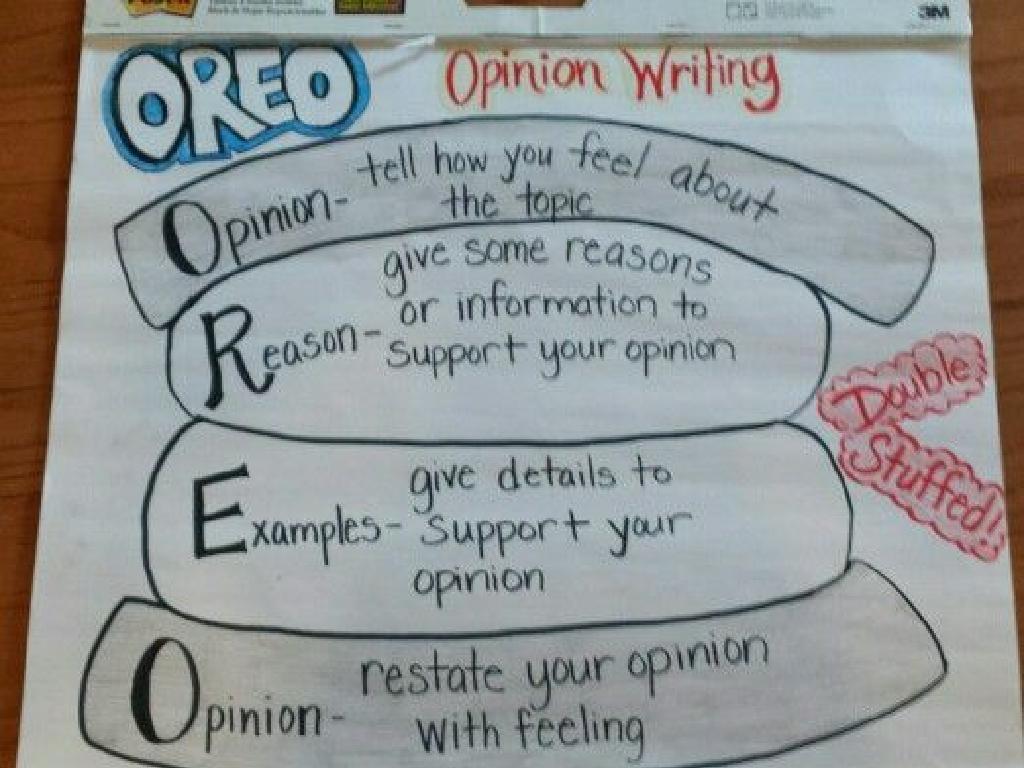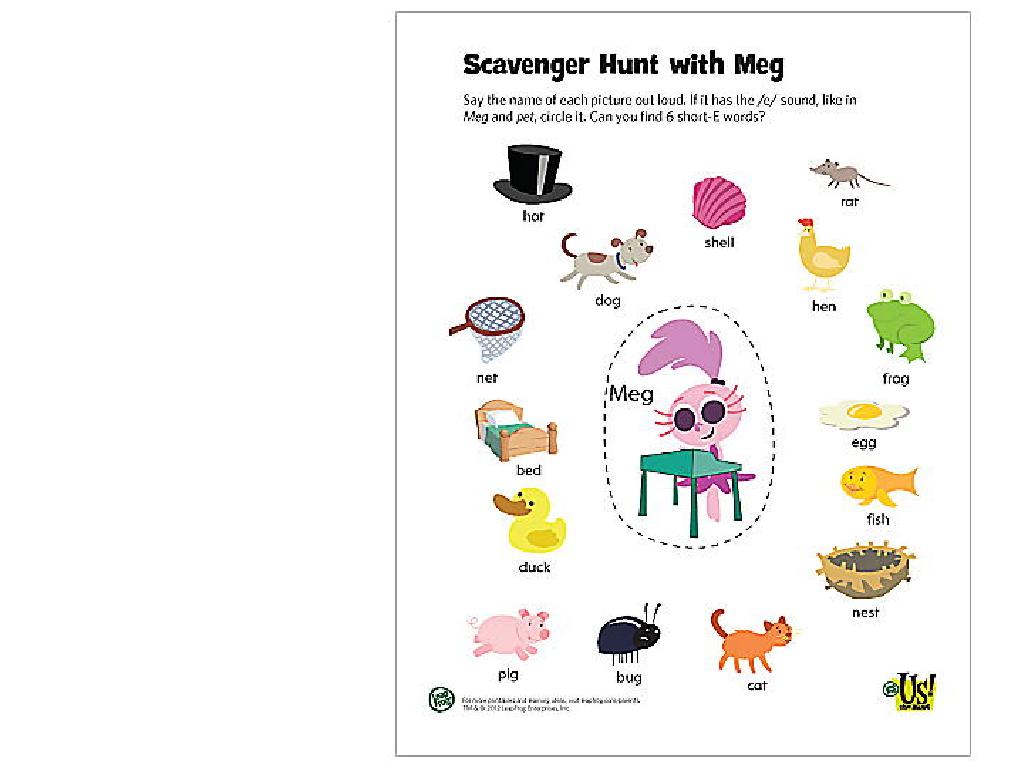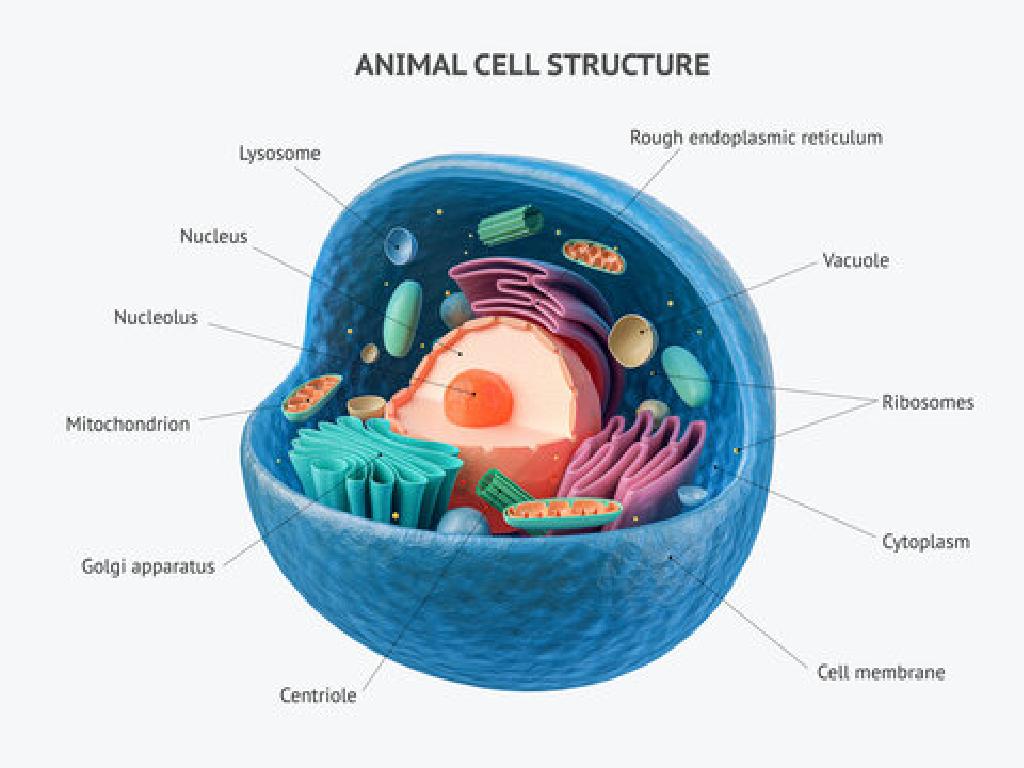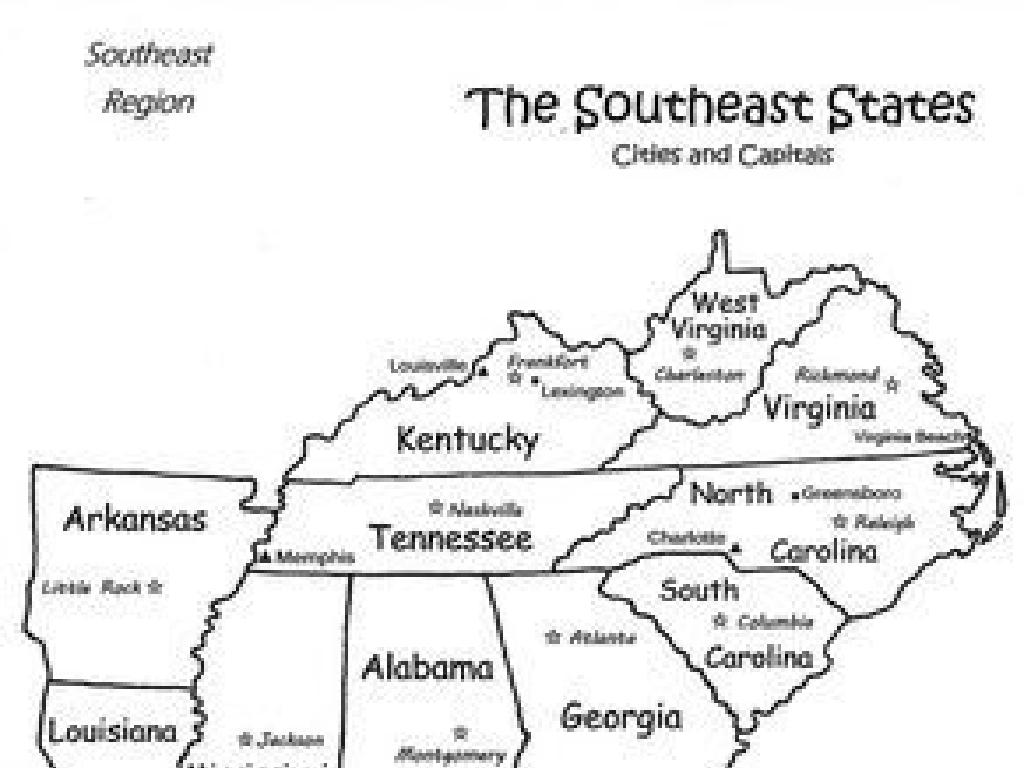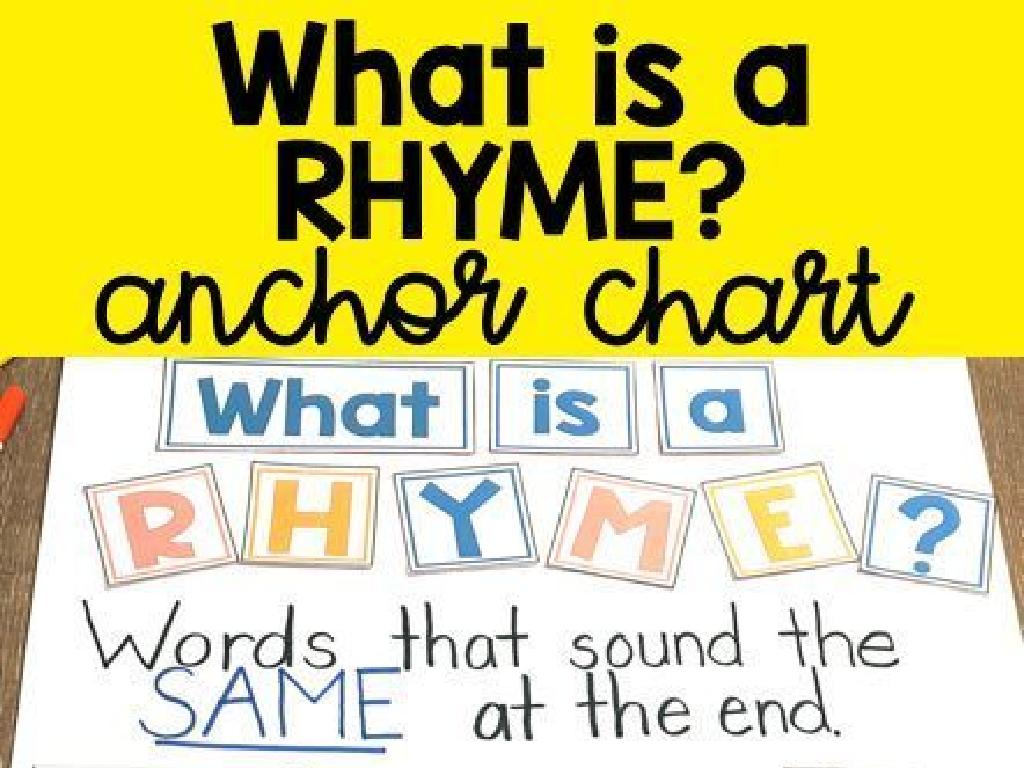Find Antonyms In Context
Subject: Language arts
Grade: Second grade
Topic: Categories
Please LOG IN to download the presentation. Access is available to registered users only.
View More Content
Today’s Adventure: Finding Antonyms!
– Discover what antonyms are
– Antonyms are words with opposite meanings
– Explore the importance of antonyms
– Understanding antonyms enhances vocabulary
– Engage in fun antonym activities
– We’ll play games to match opposite words
– Apply antonyms in sentences
– Use antonyms to change the meaning of a sentence
|
This slide introduces the concept of antonyms to second graders, aiming to expand their vocabulary and comprehension skills. Start by explaining that antonyms are words that mean the opposite of each other, like ‘hot’ and ‘cold’. Discuss how knowing antonyms can help them understand stories better and express themselves more clearly. Incorporate interactive activities such as matching games or ‘opposite day’ where students use antonyms to describe things. Finally, encourage them to use antonyms in sentences, which will help solidify their understanding of how antonyms can completely change the meaning of what they are trying to say.
Exploring Antonyms
– Antonyms are opposites
– Examples: Hot – Cold
– Opposite of hot is cold
– Examples: Big – Small
– Opposite of big is small
– Examples: Happy – Sad
– Opposite of happy is sad
|
This slide introduces the concept of antonyms to second-grade students. Antonyms are words with opposite meanings, and understanding them is crucial for vocabulary development. Start by explaining what antonyms are and then provide clear examples that the students can easily relate to. Use everyday examples like ‘hot’ and ‘cold’ to illustrate the concept. Encourage the students to think of other pairs of antonyms and use them in sentences to demonstrate their understanding. This will help them grasp the idea that words can have opposites and that they can use context to identify these antonyms in their reading.
Antonyms in Stories
– Authors use antonyms for interest
– Read a story as a class
– Find antonyms together
– Look for opposite words in the story
– Discuss why authors use antonyms
– Antonyms can show contrast & enhance understanding
|
This slide introduces the concept of antonyms within the context of storytelling to make it more engaging for second graders. Begin by explaining that authors often use antonyms, which are words with opposite meanings, to make their stories more interesting and to help readers understand the story better. Choose a story that is appropriate for the grade level and has clear examples of antonyms. As you read the story with the class, pause to identify and discuss antonyms found in the text. Encourage students to explain how these antonyms help to illustrate the story’s events or characters. Discuss why authors might choose to use antonyms and how they can change the way we understand a story. This activity will help students recognize antonyms in context and understand their importance in literature.
Finding Antonyms in Sentences
– Understanding antonyms
– Antonyms are words with opposite meanings
– Spotting antonyms in a sentence
– Look for words that show contrast, like ‘but’ or ‘however’
– Clues for finding antonyms
– Words like ‘unlike’ or ‘whereas’ can signal antonyms
– Practice with examples
– ‘The sun is hot, but the ice is cold.’ – ‘hot’ and ‘cold’ are antonyms
|
This slide introduces the concept of antonyms to second-grade students and provides strategies for identifying them within the context of a sentence. Begin by explaining what antonyms are and why they are important for understanding the full meaning of what we read. Teach students to look for key words or phrases that indicate contrast, such as ‘but’, ‘however’, ‘unlike’, or ‘whereas’. These clues often signal that an antonym is nearby. Provide clear examples and encourage students to practice with sentences from books they are reading. In the next class, have students share sentences they found with antonyms to reinforce their learning.
Practice Time: Finding Antonyms
– Understanding antonyms
– Antonyms are words with opposite meanings
– Antonyms in sentences
– I’ll display a sentence with a highlighted word
– Find the opposite word
– Look for the word that means the opposite
– Share your antonym
– Tell us the antonym you found
|
This slide is for a classroom activity focused on identifying antonyms within the context of a sentence. Begin by explaining that antonyms are words that have opposite meanings, such as ‘hot’ and ‘cold’. Display sentences on the board with certain words highlighted and ask the students to find the opposite meaning word, the antonym, for each highlighted word. Encourage the students to use clues from the sentence to help them determine the correct antonym. After they find the antonym, have them share it with the class. This activity will help reinforce their understanding of antonyms and how context can change the meaning of words. Prepare a list of sentences with varying difficulty to cater to all students and ensure everyone can participate.
Game Time: Antonym Match-Up
– Let’s play a fun game!
– Match words to their opposites
– Find the word that means the opposite
– Learn about antonyms
– Antonyms are words with opposite meanings
– Share your matches with the class
|
This slide introduces a classroom game designed to help second-grade students understand and identify antonyms. The game will involve matching words to their opposites. For example, students will pair ‘hot’ with ‘cold’ or ‘happy’ with ‘sad’. This interactive activity not only makes learning fun but also reinforces the concept of antonyms in context. Teachers should prepare a list of word pairs in advance and ensure that each student has a chance to participate. Possible variations of the game could include a timed challenge, team competition, or even creating a physical board game layout on the floor for students to match words by stepping on them. The goal is to create an engaging and educational experience that solidifies the students’ grasp of antonyms.
Create Your Own Antonyms
– Think of any word you like
– What is the opposite of your word?
– Opposite means ‘antonym’
– Write down the antonym
– Use a notebook to record your word pairs
– Share with the class!
– Get ready to tell us your words
|
This slide is designed to engage students in a creative activity where they apply their understanding of antonyms. Encourage them to think of words they are familiar with and then determine the opposite meaning, which is the antonym. Provide guidance on how to think of antonyms, such as considering hot/cold, happy/sad, etc. Have them write down their word pairs to reinforce the concept. In the next class, create an interactive session where each student shares their antonyms with the class, fostering a collaborative learning environment. This activity not only reinforces the concept of antonyms but also enhances vocabulary and critical thinking skills.
Class Activity: Antonym Hunt
– Explore the classroom for objects
– Find pictures around the room
– Think of an antonym for each
– Opposite word, like ‘hot’ is to ‘cold’
– Share your antonyms with the class
|
This activity is designed to be a fun and interactive way for students to understand antonyms by physically searching for items in the classroom. Encourage the children to look for everyday objects or pictures and think creatively to come up with their opposites. For example, if a student finds a picture of the sun, the antonym could be the moon. Provide guidance on what antonyms are and offer examples. Prepare to facilitate the sharing process so each student gets a chance to participate. Consider having a list of objects commonly found in the classroom and their potential antonyms ready to prompt students if they get stuck. This will help ensure that all students can engage with the activity and learn from each other’s findings.
Celebrating Antonyms in Language
– Excellent work on antonyms!
– Antonyms enhance language
– They add variety and depth to our conversations and writing
– Antonyms are all around us
– Look for them in books, conversations, and even signs
– Keep discovering opposites
|
This slide is meant to congratulate the students on their hard work in identifying antonyms and to reinforce the importance of antonyms in language. Antonyms help us express contrast and make our communication more precise and interesting. Encourage the students to continue observing and discovering antonyms in their daily lives, as this will enhance their vocabulary and comprehension skills. Remind them that understanding antonyms is not just a classroom exercise but a tool that enriches their ability to communicate effectively.

